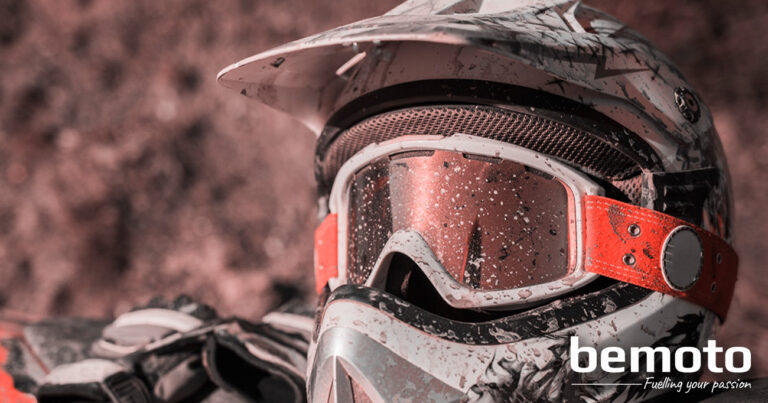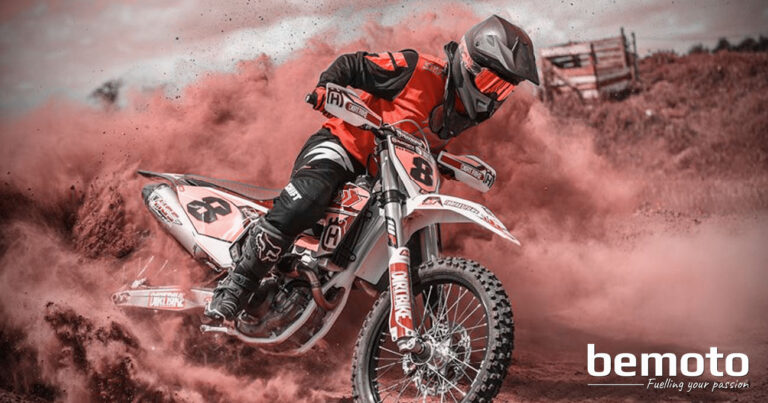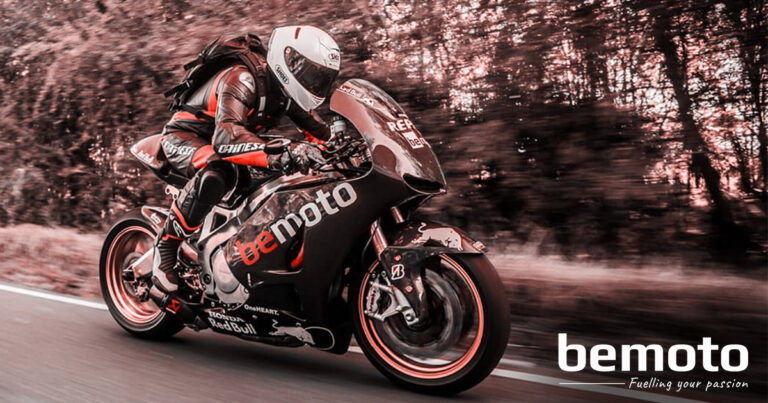
Dirt bike repatriation insurance: What it is and why you need It
Planning a dirt bike holiday in Europe? Make sure you’re fully protected with Dirt Bike Repatriation Insurance. From enduro tracks to motocross competitions, this cover ensures you’re not left with


